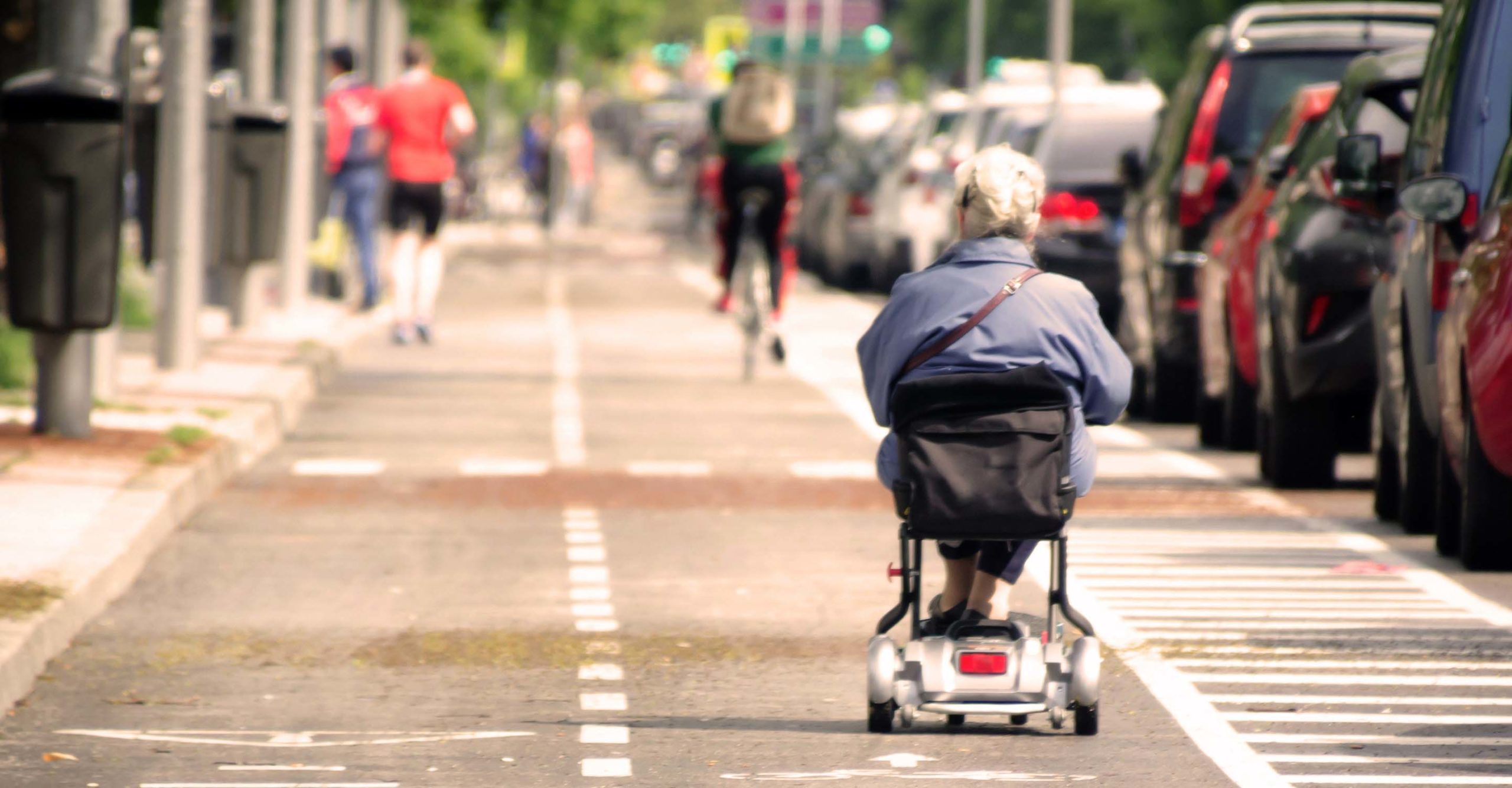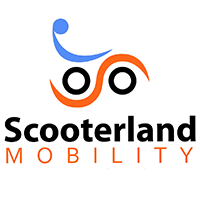
Written for New, March 4th 2022.
click here to read similar articles:

Using Battery Powered Mobility Aid in the Summertime?
Too hot on a Mobility Scooter? Hot weather can be a stifling reminder that you are not invulnerable to the sun’s heat, as well as the mobility aid equipment that is currently used. Usually, wear and tear can deplete the battery of the electrically powered mobility aid equipment that you use, but the heat can …
Continue reading “Using Battery Powered Mobility Aid in the Summertime?”
Mobility scooters have quickly become a common sight in many towns across Queensland, especially on the Gold Coast, tourist and retiree destinations, and neighborhoods. These vehicles assist the elderly and those with impairments who have difficulty getting around town. Their recent and widespread acceptance may cause some confusion along the way.
That’s why we’ve put up this useful guide to etiquette for mobility scooters. Knowing the rules of the road for these cars can save you a lot of time and aggravation. The first step towards a safer transportation system for everyone is to understand what to expect from automobiles, pedestrians, and scooter users.
With so many baby boomers now in or nearing their mature years, a record number of people are driving around in mobility scooters, whether they are on vacation, in a store, at a convention, etc. Drivers of mobility scooters deserve respect, both from other drivers and from others By smoothly operating their equipment, scooter drivers make it safer and more pleasant for pedestrians and others. If scooter drivers are mindful and courteous of those around them, they make it safer and more pleasant for pedestrians and other road users.
For whom are mobility scooters designed?
First and foremost, let’s clear the air. Mobility scooters are designed specifically for persons who have difficulty moving around. The elderly and those with various forms of disabilities are among those who fall under this category.
In several countries, such as Australia, disabled people’s mobility scooters can only be used by drivers who require them. In fact, Australian driving rules stipulate that drivers must have a “reasonable need” for these vehicles in order to operate them. A physical impairment or any condition that makes walking difficult could be considered a justifiable requirement.
Operating a mobility scooter does not require a driver’s license as long as it fulfills the legal definition. Very fast or heavy scooters, on the other hand, may require a license as well as insurance. Mobility scooters must also lack a combustion engine, lest they be classified as motor vehicles.
Even with such widespread use of scooters today, it’s surprising that there isn‘t much information on how to operate the devices courteously.
Drivers or Pedestrians?
The legal status of mobility scooters is a prevalent concern for many first-time users (and others who come across them). Is it possible to be both a driver and a pedestrian when you ride a scooter? The answer will impact how scooter riders should drive and how others should respect them on the road.
In general, electric mobility devices are categorized as a form of a motorized wheelchair. Riders of mobility scooters are pedestrians in the same way as wheelchair users are. They are legally permitted to ride their scooters anyplace a pedestrian is permitted.
This encompasses, for example, the interior of a store or mall, as well as pathways and nature trails. Scooter riders are subject to the same traffic laws as pedestrians. As a result, if there are more pedestrian-friendly pathways available, scooters should not be driven on the open road.
The Road & Footpath Rules for mobility scooters
Following that, we’ll give you a quick rundown of the most important road rules for mobility scooters. Keep in mind that because there are no universal standards, the specifications are susceptible to change. Each country has its own set of road rules for mobility scooters.
- Mobility scooters can’t go faster than 10 km/h on flat ground (6.2 mph).
Scooters on wheels aren’t considered motor vehicles. Despite the fact that you are technically a pedestrian, it is still unlawful to ride the device while inebriated. - You must have a physical handicap or limited mobility that necessitates the use of a wheelchair on a regular basis.
- You must follow all pedestrian traffic laws. This includes not producing traffic hazards (such as moving in front of an oncoming vehicle) or impeding the routes of other vehicles.
- When crossing the road, choose the shortest route. When at a pedestrian crossing, wait until the light is green before crossing.
- You should avoid roundabouts, particularly when crossing a road. If it is unavoidable, stay on the curb until there is no more vehicular traffic.
Why is it important?
When individuals use any type of vehicular device, there is a likely chance an incident can occur. Last year a 52-year-old Beenleigh man was charged with the dangerous operation of a vehicle causing grievous bodily harm and possessing utensils.
Police allege roughly around 4.20 pm, a 62-year-old Ormeau woman was walking along the footpath on Alamein Street when she was struck from behind by a man driving a mobility scooter. It will be further alleged the vehicle and driver did not stop after the woman was hit.
Emergency services attended the scene and transported the woman to Princess Alexandra Hospital with serious hip, arm, and neck injuries.
Police investigations indicate there were numerous members of the public who witnessed the incident, including those who rendered immediate first aid to the woman.
Anyone with information in relation to the incident is urged to contact the police.
Sources: https://www.tmr.qld.gov.au/Travel-and-transport/Disability-access-and-mobility/Travelling-with-a-wheelchair-or-mobility-scooter.aspx




